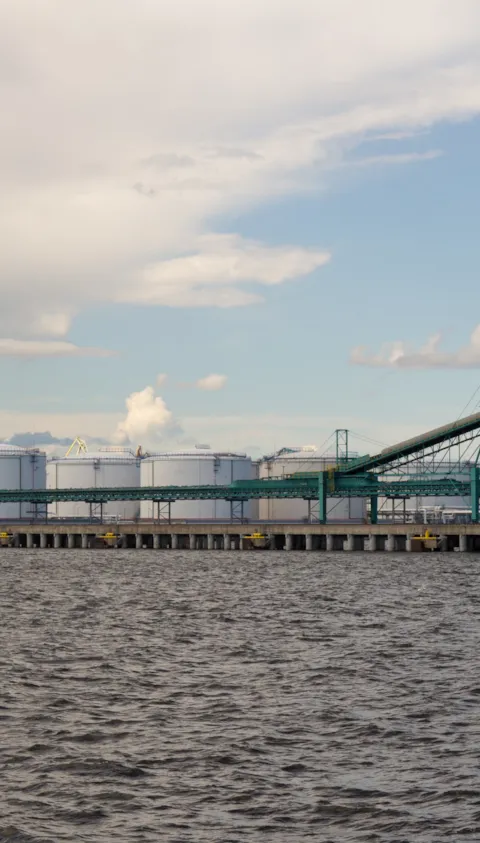

New advanced ammonia simulation capabilities added to KFX software
Detailed ammonia (NH3) simulation capabilities have been added to DNV’s computational fluid dynamics software, KFX. The additional capabilities were developed in a joint industry project and are now available to enable accurate and comprehensive quantitative industrial safety analyses related to dispersion from accidental ammonia releases.
Safety planning for ammonia
Ammonia (NH3) is expected to play an important role in the energy transition. Ammonia is produced from renewable sources or from hydrocarbons using carbon capture, and its high energy density and lower explosion risk compared to for instance hydrogen make it particularly suitable as a fuel for applications such as maritime transportation, as well as for fuel cells in electricity generation. Transporting ammonia is safer and more cost-effective method of exporting large amounts of fuel, compared to transporting hydrogen.
Many infrastructure projects are currently building the capacity to transport ammonia. Ammonia is typically stored and transported in its liquid form, which necessitates a robust safety framework. For effective safety planning and design, the properties and modelling behaviour of ammonia, which can be highly toxic, must be understood.
In the event of an ammonia leak, liquid would be released as droplets, which then vaporize at atmospheric conditions. When the gas becomes diluted, it tends to follow the air flow, which means that it can spread over long distances in dangerous concentrations. The IDLH (Immediately Dangerous to Life or Health) value of ammonia is low, at only 300 ppm.
KFX is an advanced computational fluid dynamics (CFD) simulation software that can model multiphase releases, dispersion and other consequences such as fire and explosion when relevant. To improve consequence and risk assessments for ammonia, DNV led a joint industry project (JIP) with Equinor, Vår Energi and Horisont Energi, that was completed in 2024.
Improved release source modelling
The new capabilities based on the learning from the JIP include improved release source modelling, with the possibility to model release from a liquid and supercritical state, in addition to a gaseous state for pure ammonia, as well as mixtures.
A key motivation for the JIP has been to investigate the potential of water sprays used as mitigation of ammonia vapour. With ammonia being hydrophilic (highly soluble in water) this could be a way of minimizing ammonia vapour-cloud dispersion upon loss of containment.
New way to handle multi-phase releases
A new framework for handling multi-component sprays has been developed and implemented in KFX. This framework handles and keeps track of the parcels of multi-component droplets with different properties from multiple sprays and maintains communication between the liquid and gas phase.
With this new spray model, multi-component evaporation and condensation are handled. The multi-component droplets also make it possible to study the transfer of ammonia gas into water droplets (absorption of ammonia) as a mitigation measure.
Explore our software solution:

KFX™
Advanced dispersion, fire and explosion modelling using computational fluid dynamics (CFD)